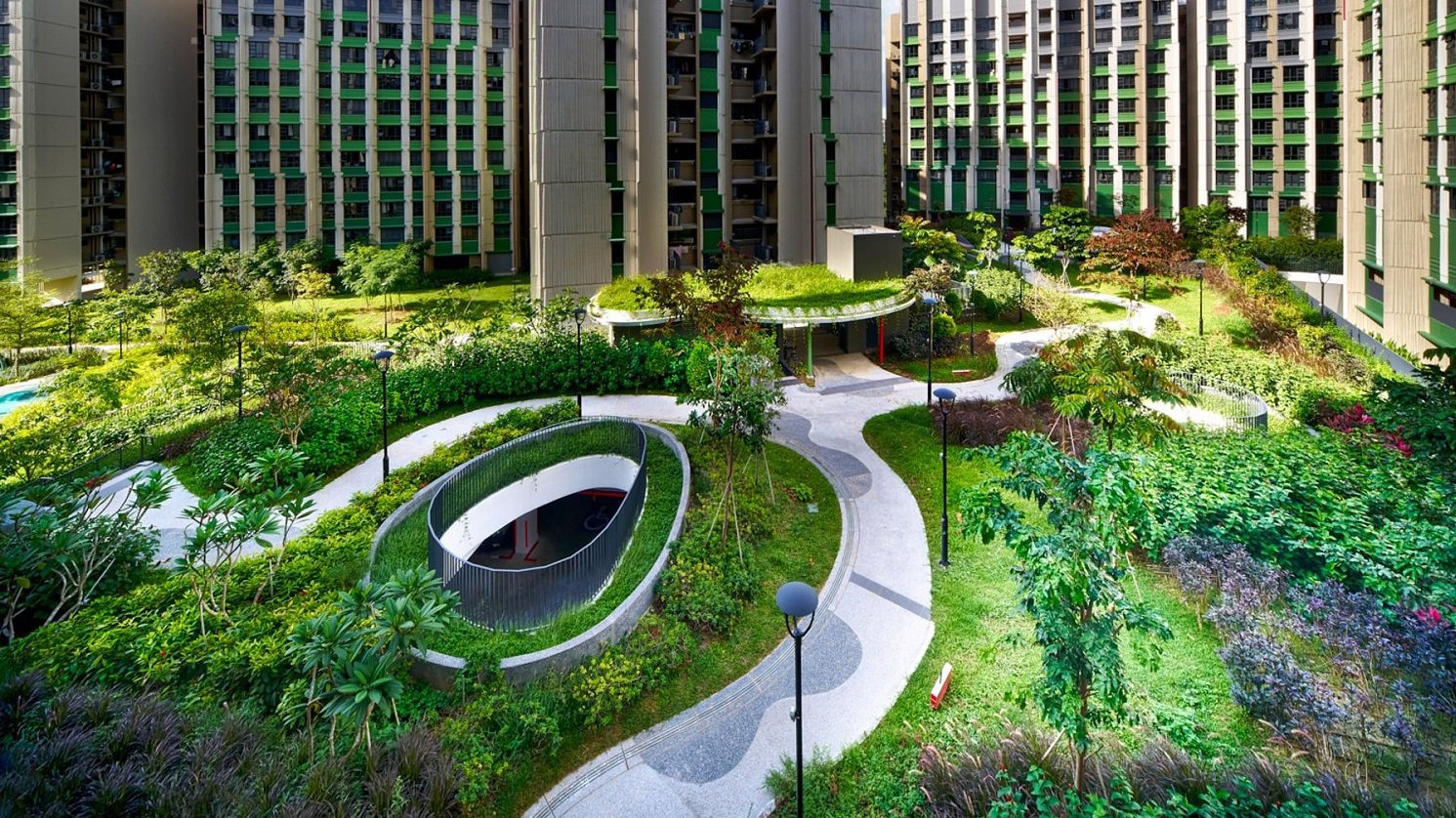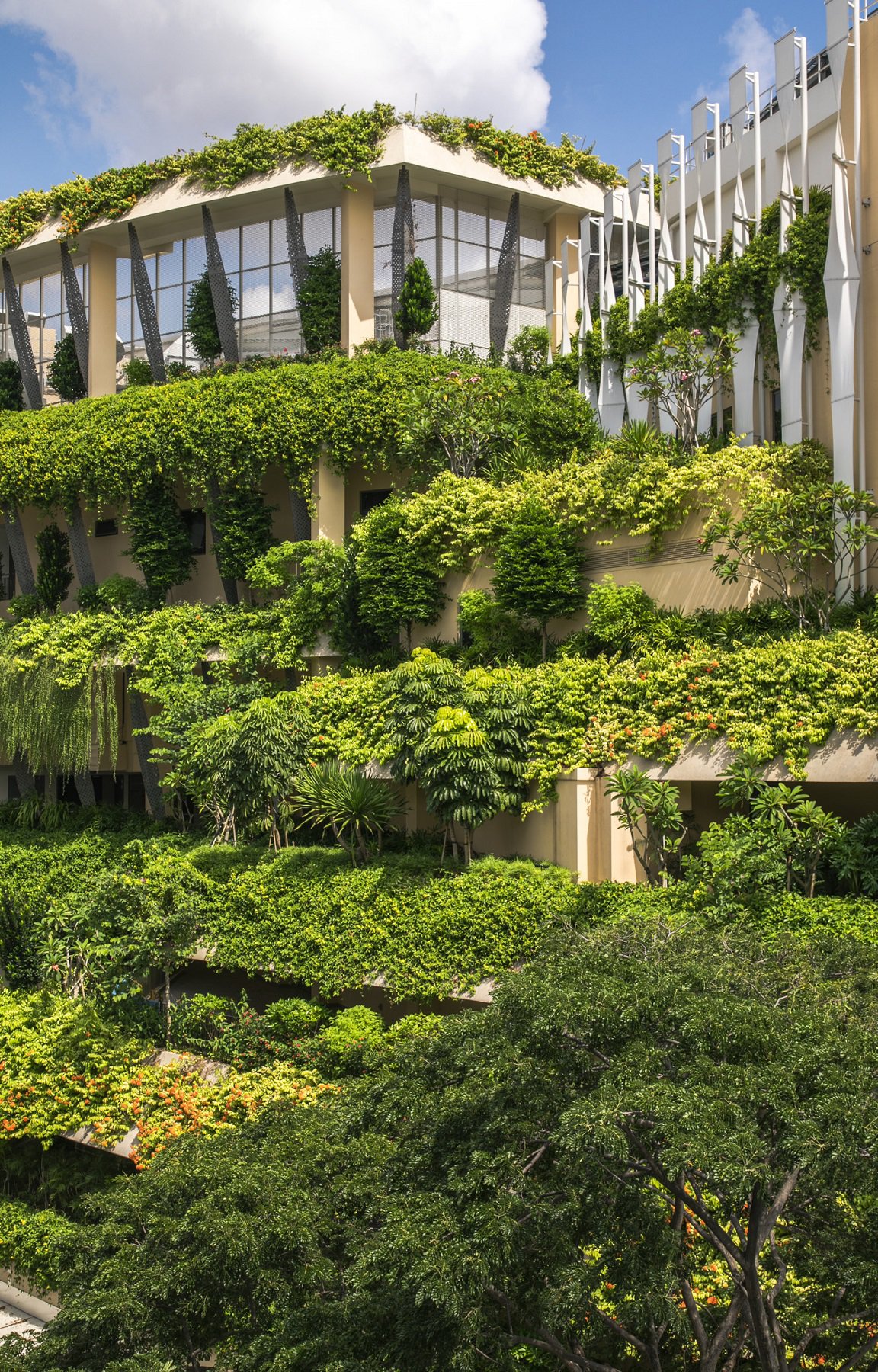
Future
Stewardship of Nature
July 24, 2025
Placemaking is both an art and a science - dedicated to shaping public spaces that foster sustainability and community life. When thoughtfully executed, it transforms ordinary environments into experiential places to create memories. Building on the previous article that explored designing cities for people, we now take a step further to explore how integrating landscape into urban environments deepens the impact of placemaking.
Landscaping and placemaking are interconnected and shape the soul and structure of public spaces. While placemaking focuses on creating vibrant places that foster community identity, landscape design provides ecological and spatial framework that brings these places to life. One of the most influential shifts in contemporary urban planning is the move from just placing green elements in cities as an afterthought to genuinely designing with nature.
Landscaping and placemaking are interconnected and shape the soul and structure of public spaces. While placemaking focuses on creating vibrant places that foster community identity, landscape design provides ecological and spatial framework that brings these places to life. One of the most influential shifts in contemporary urban planning is the move from just placing green elements in cities as an afterthought to genuinely designing with nature.
This prioritises ecosystems, natural processes and human well-being. Designers, along with the community users are uniquely equipped to exemplify this delicate balance and reimagine how cities coexist with the natural world.
Green spaces – parks, gardens, and greenways are vital to public health and happiness. These are the lungs of the city, cooling urban heat islands, improving air quality and offering residents a place to unwind and recharge. Biophilic design takes the relationship between people and nature further, integrating natural elements, patterns, and systems directly into the built environment. It seeks to replicate the sensory richness and restorative qualities of nature in places where people work, live, and learn.
Green spaces – parks, gardens, and greenways are vital to public health and happiness. These are the lungs of the city, cooling urban heat islands, improving air quality and offering residents a place to unwind and recharge. Biophilic design takes the relationship between people and nature further, integrating natural elements, patterns, and systems directly into the built environment. It seeks to replicate the sensory richness and restorative qualities of nature in places where people work, live, and learn.

Cities are often seen as threats to biodiversity, but with intentional design, they can become corridors of life. Some of the upcoming concepts at the crossroads of urban planning, landscape and sustainability include:
Nature-based solutions use natural processes and ecosystems to solve urban challenges like flooding, heat, air pollution and biodiversity loss. The projects may include mangrove restoration in coastal cities, urban forests and multifunctional parks. They create resilient and restorative environments.
Regenerative Design goes beyond sustainability to actively restore and regenerate natural systems through design. It fosters a deep connection between people and the environment. Interventions include projects that turn degraded land into productive community ecosystems.
Blue-Green Infrastructure integrates water management and vegetation-based solutions into urban planning. It uses rivers, wetlands, parks and bioswales to manage stormwater while enhancing biodiversity and aesthetics. It makes water interactive, turning infrastructure into civic experiences.
Tactical Urbanism is a low-cost temporary intervention that aims to improve public spaces quickly and test new ideas before permanent changes. They encourage community engagement and co-creation. Some examples include pop-up parks, painted intersections, modular street furniture and guerrilla gardening.
Sponge Cities are urban areas designed to mimic natural ecosystems by absorbing, storing, and purifying rainwater, much like a sponge. They have abundant natural areas with trees, lakes and parks to absorb rain and prevent flooding. Natural ways to absorb urban water are about 50% more affordable and 28% more effective than man-made solutions for stormwater drainage, according to World Economic Forum research.
Nature-based solutions use natural processes and ecosystems to solve urban challenges like flooding, heat, air pollution and biodiversity loss. The projects may include mangrove restoration in coastal cities, urban forests and multifunctional parks. They create resilient and restorative environments.
Regenerative Design goes beyond sustainability to actively restore and regenerate natural systems through design. It fosters a deep connection between people and the environment. Interventions include projects that turn degraded land into productive community ecosystems.
Blue-Green Infrastructure integrates water management and vegetation-based solutions into urban planning. It uses rivers, wetlands, parks and bioswales to manage stormwater while enhancing biodiversity and aesthetics. It makes water interactive, turning infrastructure into civic experiences.
Tactical Urbanism is a low-cost temporary intervention that aims to improve public spaces quickly and test new ideas before permanent changes. They encourage community engagement and co-creation. Some examples include pop-up parks, painted intersections, modular street furniture and guerrilla gardening.
Sponge Cities are urban areas designed to mimic natural ecosystems by absorbing, storing, and purifying rainwater, much like a sponge. They have abundant natural areas with trees, lakes and parks to absorb rain and prevent flooding. Natural ways to absorb urban water are about 50% more affordable and 28% more effective than man-made solutions for stormwater drainage, according to World Economic Forum research.
Case Study: Benjakitti Forest Park, Bangkok
A 102-acre tobacco factory site was transformed into a wetland forest in the heart of Bangkok and the park now intercepts and reduces the destructive forces of stormwater, filters contaminated water and provides wildlife habitat. The project was completed at a low cost in just 18 months, using a replicable modular approach to urban engineering.
The project was envisioned as a central park to demonstrate a nature-based solution for urban flood control while providing recreational and cultural amenities. The strategy preserved all existing trees on site and integrated them into the park. The existing factory buildings were repurposed to house a sports centre and museum. The earthwork, foundations and paving consist of recycled demolished concrete material.
The cut-and-fill strategy created a wetland landscape dotted with islets. This zone can retain 200,000 cubic metres of stormwater from the surrounding area. The modulated landform fosters a low-maintenance “wild nature” of the semi-natural plant community.
A 102-acre tobacco factory site was transformed into a wetland forest in the heart of Bangkok and the park now intercepts and reduces the destructive forces of stormwater, filters contaminated water and provides wildlife habitat. The project was completed at a low cost in just 18 months, using a replicable modular approach to urban engineering.
The project was envisioned as a central park to demonstrate a nature-based solution for urban flood control while providing recreational and cultural amenities. The strategy preserved all existing trees on site and integrated them into the park. The existing factory buildings were repurposed to house a sports centre and museum. The earthwork, foundations and paving consist of recycled demolished concrete material.
The cut-and-fill strategy created a wetland landscape dotted with islets. This zone can retain 200,000 cubic metres of stormwater from the surrounding area. The modulated landform fosters a low-maintenance “wild nature” of the semi-natural plant community.
Multiple boardwalks and a skywalk tie the park together, creating a uniquely immersive experience amidst the tropical foliage. It has become the largest central park in the densely populated area serving as the green lung to the city. It attracts tens of thousands of visitors daily for recreational activities, family gatherings, picnics and photoshoots. It is a true testament to the power of designing with nature and people.
The park brings people together and has a positive effect on their physical and mental health. Lush landscape has shown to reduce stress, lower anxiety and improve mood. The sensory richness of nature offers a restorative experience that urban life lacks. Designed green spaces also provide quiet spaces for reflection and social connection, essential for holistic mental health, and has been shown to reduce stress, lower anxiety, and improve mood.
The sensory richness of nature—the sound of rustling leaves, the smell of soil, the changing light—offers a restorative experience that urban life often lacks. Designed landscapes provide not just aesthetic relief but also quiet spaces for reflection, social connection, and physical activity, all of which are essential to holistic mental health.
Image CR: Archdaily
The park brings people together and has a positive effect on their physical and mental health. Lush landscape has shown to reduce stress, lower anxiety and improve mood. The sensory richness of nature offers a restorative experience that urban life lacks. Designed green spaces also provide quiet spaces for reflection and social connection, essential for holistic mental health, and has been shown to reduce stress, lower anxiety, and improve mood.
The sensory richness of nature—the sound of rustling leaves, the smell of soil, the changing light—offers a restorative experience that urban life often lacks. Designed landscapes provide not just aesthetic relief but also quiet spaces for reflection, social connection, and physical activity, all of which are essential to holistic mental health.
Image CR: Archdaily
Conclusion
Delight in landscaping and placemaking arise when public spaces are curated to nurture both people and the environment. By weaving together function, environment, and human experience, these fosters community well-being, resilience, and joy. As cities continue to grow and evolve, the art and science of landscaping will remain essential in shaping places where Man and Nature can thrive.
Delight in landscaping and placemaking arise when public spaces are curated to nurture both people and the environment. By weaving together function, environment, and human experience, these fosters community well-being, resilience, and joy. As cities continue to grow and evolve, the art and science of landscaping will remain essential in shaping places where Man and Nature can thrive.